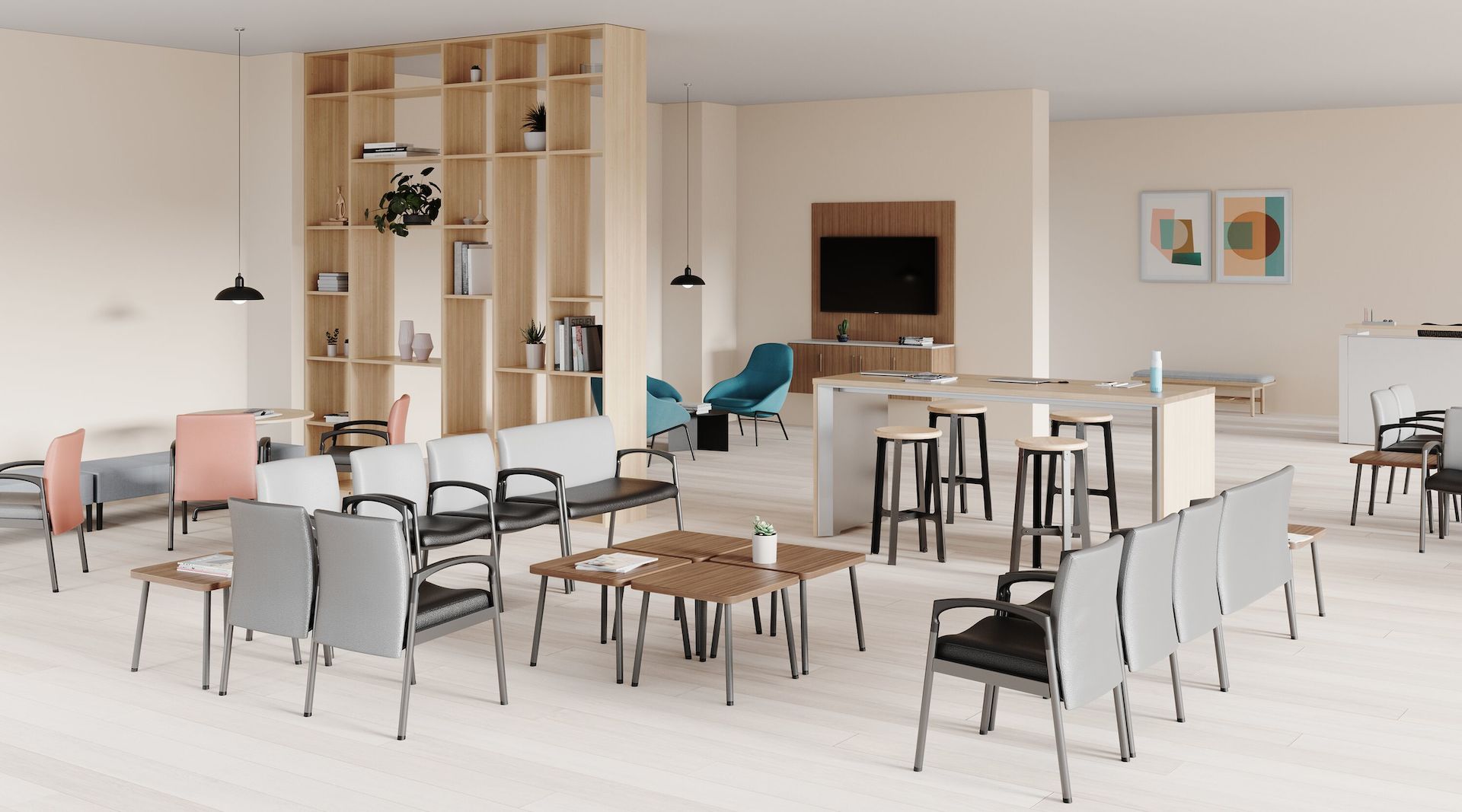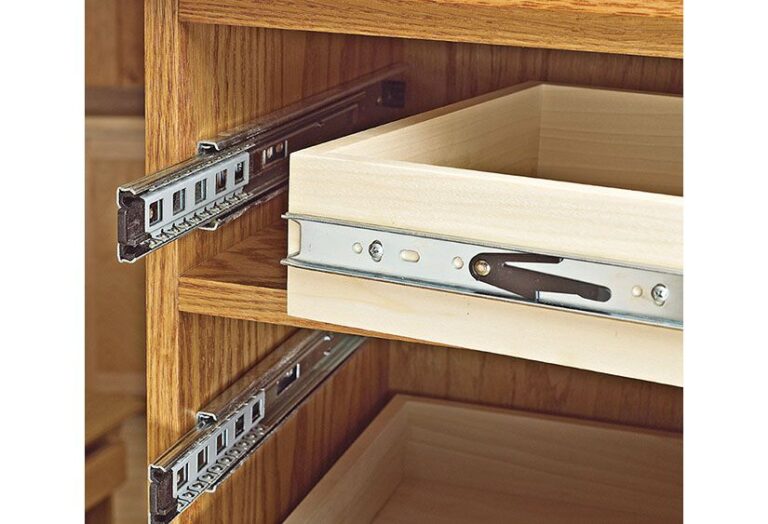Key Features Offered by Leading Laboratory Chair Manufacturers
Laboratories are demanding environments that require thoughtfully designed equipment to ensure safety, productivity, and comfort. One of the most important pieces of furniture in any lab is the chair. Laboratory professionals often spend long hours seated while performing detailed tasks, so choosing the right seating solution is essential.
Leading manufacturers understand these unique challenges and have developed advanced features to address them. When evaluating a laboratory chair manufacturer, it is important to look closely at the design details and functional enhancements that set their products apart from generic seating options.
Ergonomic Design for Long-Term Comfort
Extended lab work can cause fatigue and musculoskeletal discomfort if seating isn’t ergonomically designed. That’s why top manufacturers focus on supportive features such as:
- Contoured backrests: Shaped to follow the natural curve of the spine, these backrests reduce pressure on the lumbar region.
- Waterfall seat edges: This design helps improve circulation behind the knees.
- Adjustable seat height and tilt: These controls allow users to adapt the chair for different bench heights and working postures.
- Dynamic movement: Mechanisms that permit slight rocking or recline encourage healthy micro-movements during long shifts.
Chairs with ergonomic construction not only help prevent injuries but also support better focus and productivity.
Chemical-Resistant Materials
Laboratories frequently use strong cleaning agents, disinfectants, and chemicals that can quickly degrade ordinary upholstery and surfaces. Leading manufacturers select materials designed to withstand these harsh conditions:
- Vinyl and polyurethane upholstery: These non-porous materials resist staining, are easy to clean, and tolerate frequent disinfecting.
- Powder-coated steel or aluminum frames: Corrosion-resistant frames ensure a longer lifespan even in damp or chemically active environments.
- Sealed cushions: Closed-cell foam prevents absorption of liquids, protecting the chair’s internal structure.
These chemical-resistant features help maintain the appearance and integrity of the chairs over time.
Cleanroom Compatibility
In environments such as pharmaceutical labs, electronics manufacturing, or biotechnology, particulate contamination can compromise sensitive work. For these applications, many manufacturers offer cleanroom-compatible seating:
- Low particle emission construction: Materials and finishes that minimize shedding of fibers or dust.
- ESD (electrostatic discharge) control: Special covers and grounding systems to dissipate static electricity.
- Smooth surfaces: Simplified designs without seams or crevices, making it easier to clean and disinfect.
Cleanroom-compatible chairs help organizations meet ISO and GMP standards for contamination control.
Height and Mobility Options
Laboratories often have workstations at varying heights, from standard desk levels to tall benches. Leading manufacturers provide chairs with flexible options to match these needs:
- Extended height ranges: Lab chairs can typically adjust to taller working positions than regular office chairs.
- Foot rings or footrests: These accessories support proper posture when working at elevated benches.
- Glides or casters: Depending on your facility, chairs can be equipped with static glides for stability or smooth-rolling casters for mobility.
Selecting the right height and base options ensures users can maintain safe, comfortable working positions.
Heavy-Duty Performance and Safety
Laboratory chairs must be built to withstand intensive use and support a wide range of users. Top manufacturers emphasize performance and safety through:
- High weight capacities: Many chairs are rated for 250 pounds or more to ensure broad usability.
- Robust construction: Reinforced welds, heavy-duty bases, and durable upholstery stand up to daily wear.
- Certifications: Compliance with ANSI/BIFMA performance standards demonstrates that chairs meet rigorous safety and durability criteria.
These features provide peace of mind and protect your investment over the long term.
Easy Maintenance and Serviceability
Downtime in a laboratory can be costly, so easy maintenance is essential. Leading suppliers design chairs that are simple to care for and service:
- Tool-free adjustments: Levers and knobs can be operated without specialized tools.
- Replaceable components: Seats, backrests, and casters can often be swapped out without replacing the entire chair.
- Detailed documentation: Clear maintenance guides and part numbers simplify ordering replacements or performing repairs.
Easy maintenance helps facilities keep their seating in optimal condition without unnecessary expense or disruption.
Customization and Aesthetics
While function comes first in labs, appearance still matters. Reputable manufacturers offer a range of customization options to match facility branding or color coding:
- Upholstery colors and textures
- Frame finishes
- Optional logos or labels
These options create a professional, organized look across the lab.
Conclusion
Choosing the right laboratory chair requires more than comparing prices or aesthetics. Leading manufacturers have engineered a host of advanced features to meet the exacting demands of lab environments, from ergonomic support and chemical resistance to cleanroom compatibility and heavy-duty construction. By prioritizing these key features, you can select seating that promotes safety, comfort, and long-term value for your facility.




